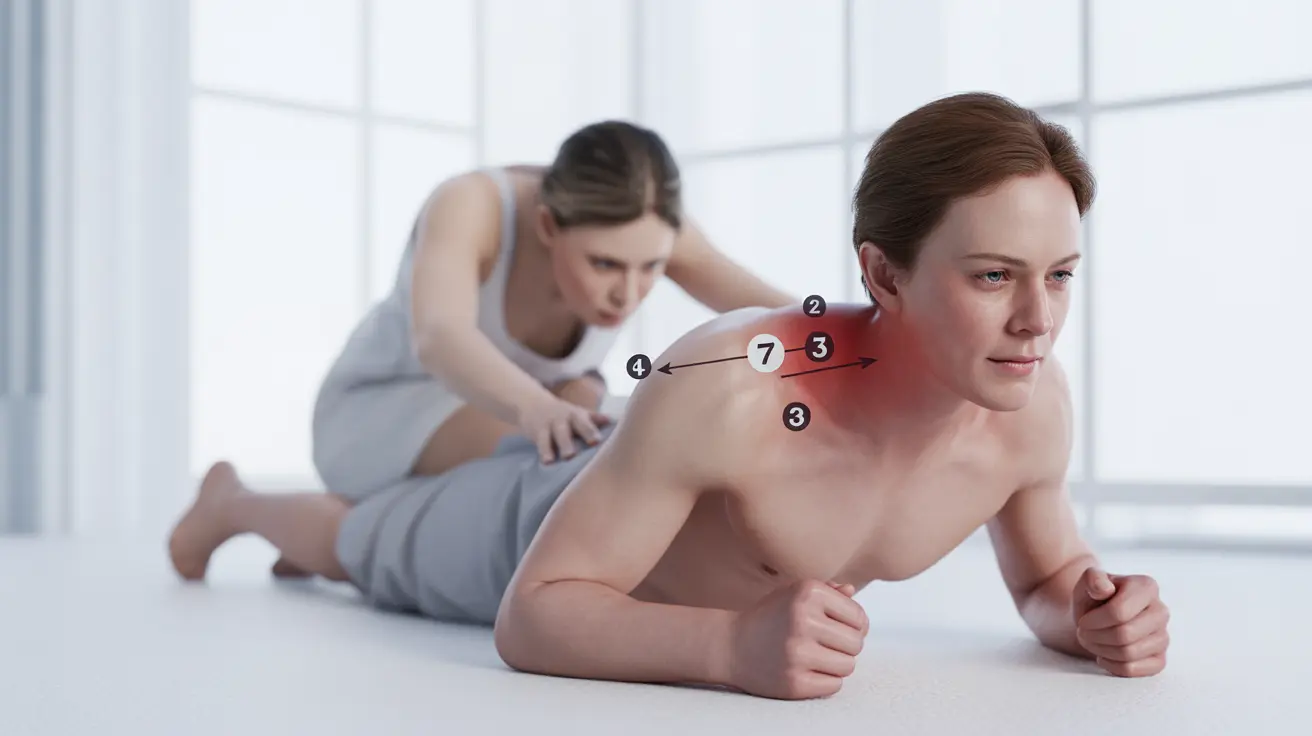Vagal maneuvers are specific physical techniques that can help regulate your heart rhythm naturally by stimulating the vagus nerve. These techniques have been used for decades in both medical settings and at home as a first-line response to certain types of rapid heartbeat. Understanding how to perform these maneuvers safely and effectively can be crucial for people who experience heart rhythm irregularities.
Whether you're dealing with occasional heart rhythm issues or want to be prepared for future episodes, knowing about vagal maneuvers can be a valuable tool in your healthcare arsenal. Let's explore what these techniques involve, how they work, and when they should be used.
How Vagal Maneuvers Work
Vagal maneuvers work by stimulating the vagus nerve, which is one of the body's most important cranial nerves. This stimulation triggers a natural response that can help slow down your heart rate during episodes of rapid heartbeat, particularly during supraventricular tachycardia (SVT).
When performed correctly, these techniques increase pressure in your chest cavity, which activates baroreceptors and stimulates the vagus nerve. This activation sends signals to your heart to slow down its rhythm and often restore a normal heart rate.
Types of Vagal Maneuvers
Modified Valsalva Maneuver
The modified Valsalva maneuver is considered one of the most effective vagal techniques. It involves sitting in a semi-reclined position, taking a deep breath, and bearing down as if trying to exhale against resistance for about 10-15 seconds. After releasing the breath, you immediately lie flat and raise your legs for 15 seconds.
Other Common Techniques
Additional vagal maneuvers include:
- Carotid sinus massage (should only be performed by healthcare professionals)
- Cold water facial immersion
- Coughing forcefully
- Gagging reflex stimulation
Safety Considerations and Precautions
While vagal maneuvers are generally safe, they're not appropriate for everyone. People with certain heart conditions, carotid artery disease, or a history of stroke should avoid these techniques without medical supervision. It's essential to discuss these methods with your healthcare provider before attempting them on your own.
Key safety points to remember:
- Never perform these techniques while standing
- Stop immediately if you feel dizzy or lightheaded
- Have someone present when possible
- Know when to seek emergency medical attention
When to Seek Medical Help
While vagal maneuvers can be effective, they shouldn't replace proper medical care. Seek immediate medical attention if:
- Your heart rate doesn't normalize after two attempts
- You experience chest pain or difficulty breathing
- You feel confused or extremely dizzy
- Your symptoms worsen
Alternative Applications
Beyond managing heart rhythm issues, vagal maneuvers have been studied for other medical applications. These include helping with certain types of chronic pain, managing anxiety, and potentially stopping persistent hiccups. However, these applications should always be discussed with a healthcare provider before implementation.
Frequently Asked Questions
How do vagal maneuvers work to slow down a fast heart rate during episodes of supraventricular tachycardia? Vagal maneuvers work by stimulating the vagus nerve, which triggers the parasympathetic nervous system to slow down the heart rate. This occurs through a complex nervous system response that helps restore normal cardiac rhythm.
What are the most effective types of vagal maneuvers for treating arrhythmias at home? The modified Valsalva maneuver is considered the most effective technique for at-home use. It involves bearing down against resistance while semi-reclined, followed by lying flat with legs elevated.
Are vagal maneuvers safe for everyone, or are there certain conditions where they should be avoided? Vagal maneuvers aren't safe for everyone. People with certain heart conditions, carotid artery disease, or history of stroke should avoid these techniques without medical supervision. Always consult your healthcare provider before attempting these maneuvers.
How often can vagal maneuvers be attempted before seeking medical help for persistent arrhythmias? Generally, if vagal maneuvers don't work after two attempts, you should seek immediate medical attention. Continuing to attempt these techniques without success could delay necessary medical treatment.
Can vagal maneuvers be used to treat other health issues beyond heart arrhythmias, such as hiccups or pain? Yes, vagal maneuvers have shown potential benefits for managing other conditions like chronic pain, anxiety, and persistent hiccups. However, these applications should be discussed with and monitored by a healthcare provider.




